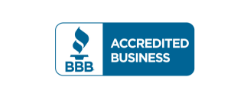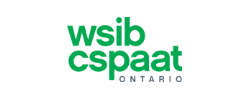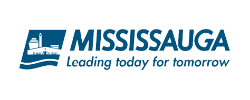Multiple waterproofing technologies are available in the market, and each solution is tailored for particular environments. For example, bituminous solutions are used for roofs and roads, whereas membrane and cementitious solutions are suitable for foundation walls and balconies. Brick foundation requires more extensive waterproofing, so the cost will be higher. On the other hand, a concrete foundation is naturally more waterproof and easy to tackle, so it costs less. Besides this, many factors determine the costs of waterproofing solutions:
Project Dimensions
The extent of the area requiring waterproofing directly affects the total cost. Larger projects often benefit from economies of scale, which can reduce the price per square foot. The size of the project also determines the scope of resources required, including time, labour, and materials.
Structural Condition
The existing condition of the structure can significantly impact costs. Structures that require preliminary repairs or debris removal before waterproofing can commence will incur higher initial expenditures. Complex structural elements might also necessitate customized waterproofing approaches, further influencing cost.
Material Selection
The choice of waterproofing materials affects both the performance and cost. Though more costly, more durable and practical materials like elastomeric membranes or thermoplastic polyolefin (TPO) sheets may provide better long-term protection against moisture. The waterproofing system’s environmental conditions and expected lifespan are crucial in material selection.
Labour Charges
Labour costs vary based on regional economic conditions. Urban areas generally have higher labour rates than rural locations. The expertise and certifications of the workforce involved can also lead to variations in labour costs, impacting the overall financial outlay for the project.
Accessibility and Complexity
Project sites that are difficult to access or require specialized equipment for excavation or application might increase the project cost. Complex architectural features that complicate the application process will also increase costs. The terrain and weather conditions can further affect the ease of project execution and may require adaptive strategies.
Additional Systems
Including supplementary systems such as sump pumps or humidity control systems like dehumidifiers can further escalate the overall cost but are essential for comprehensive moisture control. These systems not only help manage the water effectively but also extend the durability of the waterproofing treatment by mitigating the risk of future issues.








